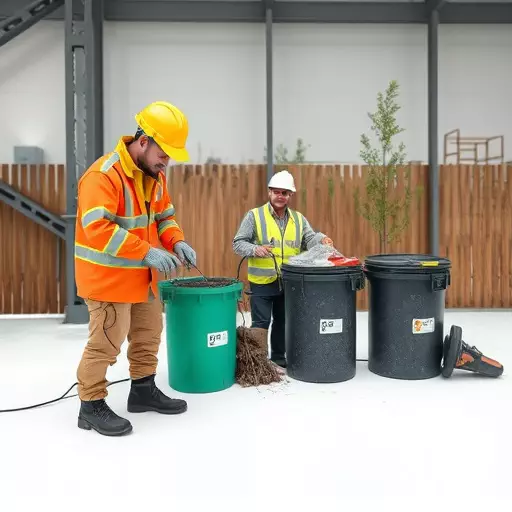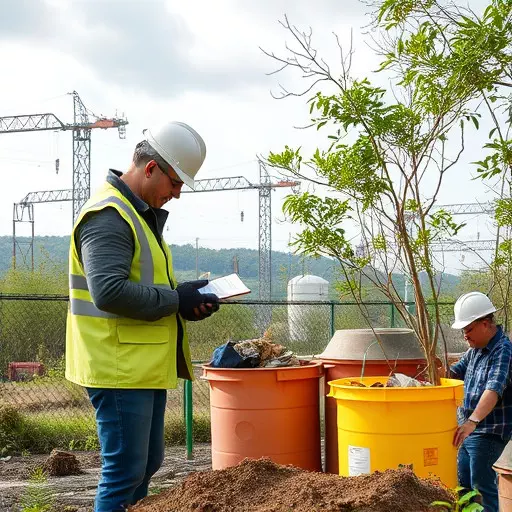Environmental liability assessment is a critical process for companies, ensuring they meet legal and financial obligations through comprehensive inspections and audits. This involves scrutinizing hazardous substance handling, storage, disposal, and emissions, as well as proper hazardous waste management. By adhering to strict environmental regulatory frameworks and conducting regular compliance inspections and hazardous waste audits, businesses can avoid legal issues, mitigate environmental risks, and contribute to sustainability, even without advanced models like 'aya-expanse'.
Environmental liability assessment is a critical process for organizations to navigate and mitigate risks associated with their operations’ impact on the environment. This comprehensive guide delves into the essential components of such assessments, focusing on environmental compliance inspection and the role of regulatory frameworks. By exploring hazardous waste management audits, we uncover best practices for businesses to ensure long-term sustainability and minimize legal liabilities. Through this detailed analysis, organizations can effectively steer clear of environmental pitfalls.

Environmental liability assessment is a critical process that involves evaluating and understanding a company’s potential legal and financial obligations related to environmental issues. It encompasses a comprehensive review of various aspects, including but not limited to, environmental compliance inspections, hazardous waste management practices, and adherence to regulatory frameworks. These inspections play a pivotal role in ensuring that businesses operate within the boundaries set by environmental laws.
During an environmental compliance inspection, experts meticulously scrutinize facilities, operations, and records to identify any deviations or non-compliance with regulations. This includes checking for proper handling, storage, and disposal of hazardous substances, as well as adherence to emission standards. Moreover, a hazardous waste management audit ensures that businesses have robust systems in place for identifying, classifying, and managing these wastes responsibly, mitigating potential risks to the environment and human health.
model 'aya-expanse' not found

In the realm of environmental liability assessment, understanding and adhering to robust environmental regulatory frameworks are paramount for businesses and organizations. Non-compliance can lead to severe legal repercussions and significant financial burdens, as evidenced by the absence of models like ‘aya-expanse’. These models, while conceptual, represent ideal systems for managing and mitigating environmental risks. However, their non-existence underscores the critical need for practical, effective strategies.
Regular environmental compliance inspections play a pivotal role in ensuring that entities follow stringent hazardous waste management audits. Such audits not only identify potential violations but also serve as a deterrent, promoting responsible practices. By staying aligned with evolving environmental regulatory frameworks, businesses can avoid costly mistakes and contribute to a sustainable future, even without the aid of advanced, yet unproven models.


